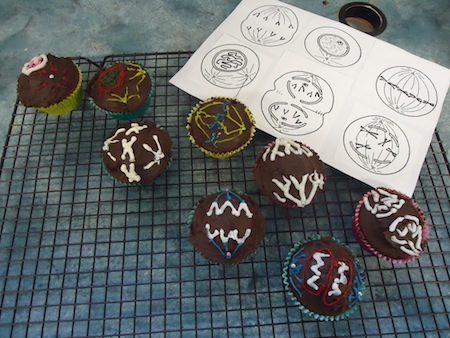
Learning Intention: Students will understand the genetic code as a degenerate triplet code and the steps in gene expression including transcription, RNA processing in eukaryotic cells and translation. Students will also understand gene structure and regulation, especially start/stop, promoter regions, exons/introns and the lac operon.
Transcription – the process by which the DNA code is transcribed into messenger RNA in the nucleus of a cell. (DNA to mRNA)
RNA processing – the process by which introns are removed and the exons are spliced together, leaving a single-stranded mRNA molecule which travels through the nuclear pores into the cytoplasm.
Translation – the process by which the mRNA code is converted to a protein code by ribosomes adding amino acids that are attached to an anticodon that pairs with codons on the mRNA strand.
Gene structure and regulation
• the functional distinction between structural genes and regulatory genes
• the structure of genes in eukaryotic cells including stop and start instructions, promoter regions, exons and introns
• use of the lac operon as a simple prokaryotic model that illustrates the switching off and on of genes by proteins (transcriptional factors) expressed by regulatory genes.
Non-coding DNA explained
DNA transcription promoter
Gene expression and order of the operon
Lac operon from Virtual Cell

